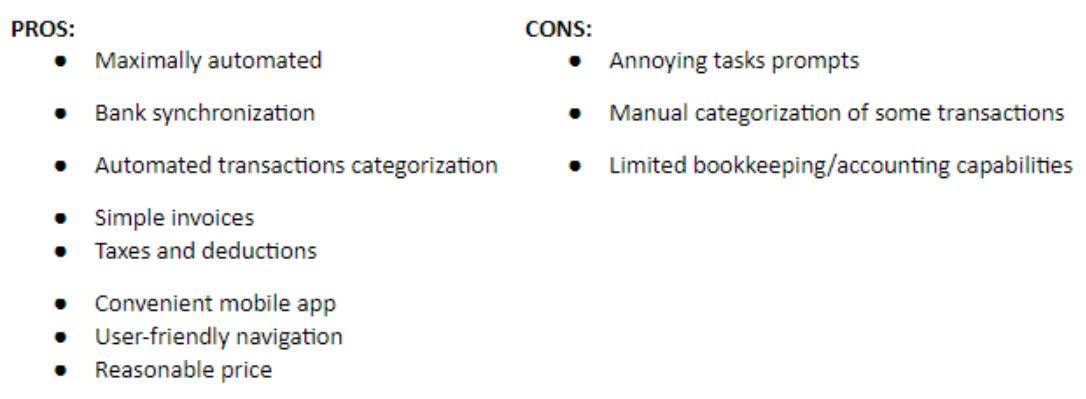
The source of this increase to the bank account is capital – the owner investing in the business. Before the days of accounting software, bookkeepers and accountants actually kept physical books, and each ledger was a separate physical book. T-accounts t accounts are typically used by bookkeepers and accountants when trying to determine the proper journal entries to make. No matter what type of accounting you are using, you can use a T-account as a visual aid in recording your financial transactions.
- The contra account here used to describe what occurred is baking equipment.
- Note that this example has only one debit account and one credit account, which is considered a simple entry.
- Debits and credits are accounting terms that have been used for hundreds of years and are still in use in the double-entry accounting system today.
- A T-Account is an accounting tool used to track debits and credits for a single account.
- This is posted to the Unearned Revenue T-account on the credit side.
- The asset Equipment increases by $2,500 and is recorded as a debit.
Unfortunately, any accounting entries that are completed manually run a much greater risk of inaccuracy. If you add up the totals of the debits and credits in all four T-accounts, you will see that they balance. If you go even further, you will see that each debit entry has a corresponding credit entry. The T account concept is especially useful when compiling more difficult accounting transactions, where the accountant needs to see how a business transaction impacts all parts of the financial statements. By using a T account, one can keep from making erroneous entries in the accounting system. It is a good idea to familiarize yourself with the type of information companies report each year.
How Are T Accounts Used in Accounting?
Eight in 10 women say they have been sexually harassed at some point in their lives — and addressing that reality quickly became central for women. After the inauguration of Donald Trump, hundreds of thousands of women marched on Washington in the largest single-day protest in American history. While the gender gap is an enduring feature of American politics, at no time in the past quarter century has there been such a rapid divergence between the views of young men and women. As you can see, it’s basically a mirror image of what we recorded in the Bank T account. The above transaction would not only affect the Bank T account but also affect the contra account or second account, Capital.
- Alternatively, many accounting software packages allow users to enter accounts they wish to track and automatically generate a T-Account.
- For the revenue accounts, debit entries decrease the account, while a credit record increases the account.
- The left side of the Account is always the debit side and the right side is always the credit side, no matter what the account is.
- In the following example of how T accounts are used, a company receives a $10,000 invoice from its landlord for the July rent.
It also makes it quite easy to keep track of all the additions or deductions in an account. The debit side is on the left of the t-account and the credit side is on the right. A bookkeeper can quickly spot an error if there is one and immediately fix it with the help of this visualization.
Subsidiary Ledgers (or Sub Ledgers): Debtors Ledger and Creditors Ledger
You notice there are already figures in Accounts Payable, and the new record is placed directly underneath the January 5 record. On this transaction, Accounts Receivable has a debit of $1,200. The record is placed on the debit side of the Accounts Receivable T-account underneath the January 10 record. The record is placed on the credit side of the Service Revenue T-account underneath the January 17 record.
A journal keeps a historical account of all recordable transactions with which the company has engaged. In other words, a journal is similar to a diary for a business. When you enter information into a journal, we say you are journalizing the entry. Journaling the entry is the second step in the accounting cycle. The use and purpose of a T account is to help business owners visualize the amounts on each individual account.
Automate T Accounts with Online Software
T-accounts can also be used to track changes to the income statement, which allows for creating accounts for a company’s revenues (profits) and expenses (losses). Whenever the terms debit and credit are heard, most people think of debit cards and credit cards. However, debits and credits have entirely distinct meanings in the accounting world. A T-Account is an accounting tool used to track debits and credits for a single account.
